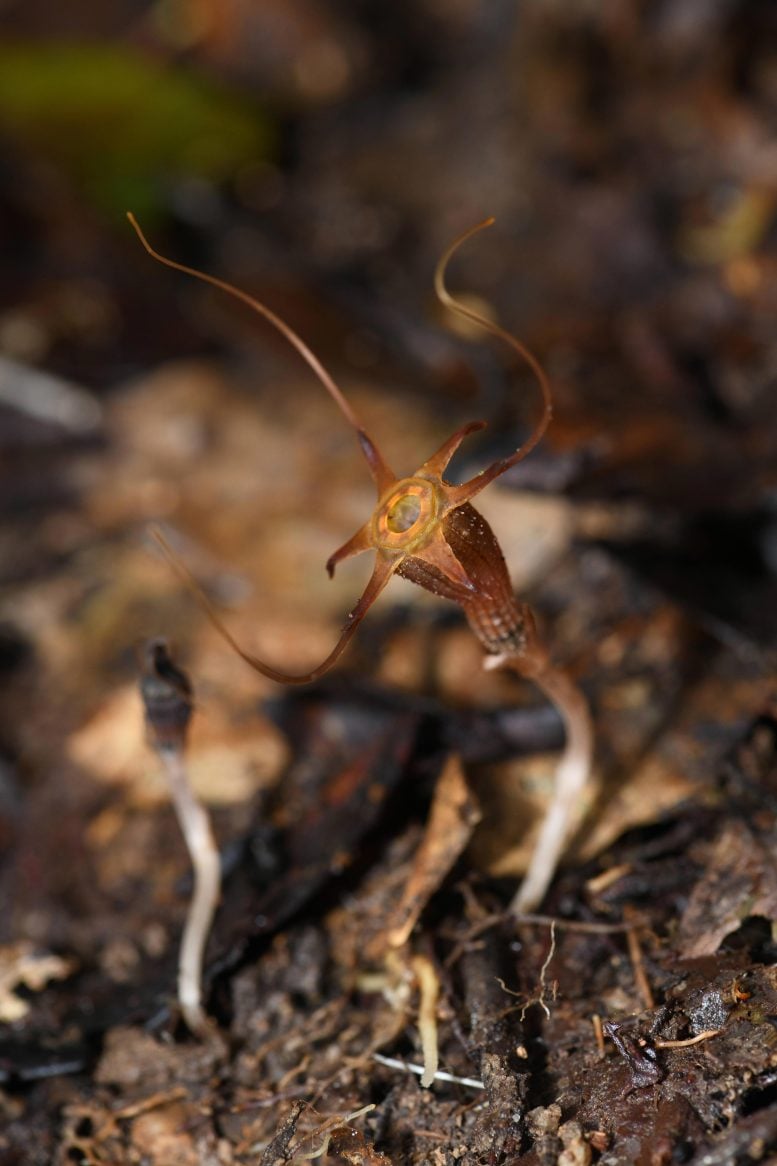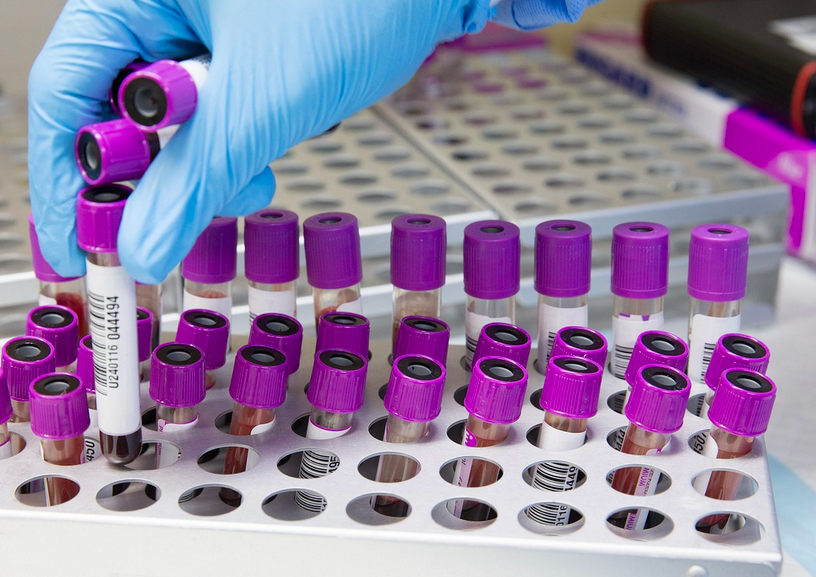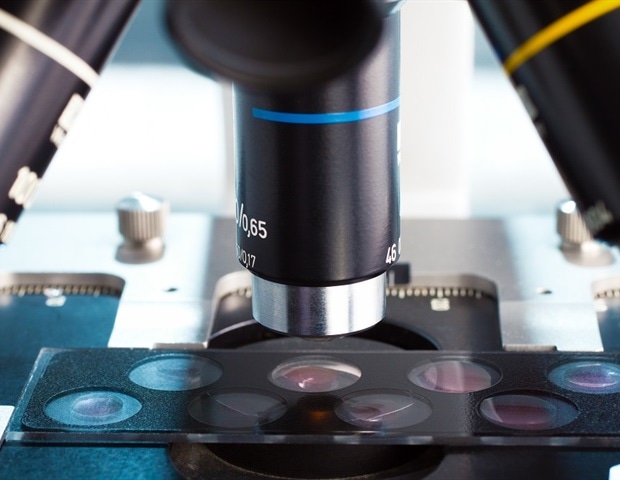Thismia aliasii is a newly discovered endangered species in Malaysia, dependent on fungi and rare in the wild. Researchers have identified a new species of the elusive ‘fairy lantern’ genus Thismia in a hill dipterocarp forest in eastern…
Category: 5. Biology
-

Bizarre “Fairy Lantern” Species Discovered in Malaysian Forest
-

Light bulb moment for understanding DNA repair switches
Researchers from the University of Birmingham have uncovered answers that provide the detail to explain two specific DNA repair processes that have long been in question.
The publication of two papers demonstrates how work led by laboratories…
Continue Reading
-

Unlocking the genetic basis of animal behavior using fruit flies
Understanding how genes influence complex behaviors remains one of biology’s most fascinating challenges. Now, however, in a recent study, researchers from Japan compiled a comprehensive dataset documenting the behaviors of over 30,000 fruit…
Continue Reading
-

A mysterious pathogen: Oropouche virus more common in Latin America than previously thought
Like the dengue and Zika viruses, Oropouche virus causes a febrile illness. There are recent indications that infections during pregnancy can cause damage to unborn babies. Researchers at Charité — Universitätsmedizin Berlin have now…
Continue Reading
-

Fishing for cephalopod DNA allows for efficient marine surveying
New DNA probes allow for efficient surveying of the hidden lives of squids and octopuses in the deep sea. This development by Kobe University provides an effective tool for marine ecological research and conservation efforts.
Squids and octopuses…
Continue Reading
-

Recently discovered immune cell type is key to understanding food allergies
The immune system must be able to quickly attack invaders like viruses, while also ignoring harmless stimuli, or allergies can result. Immune cells are known to ignore or “tolerate” molecules found on the body’s own healthy cells, for instance,…
Continue Reading
-

Cholesterol Levels Associated with Dementia
A study published in the British Medical Journal investigated the relationship between baseline low-density lipoprotein cholesterol (LDL-C) levels and the risk of developing dementia. The findings reveal a…
Continue Reading
-

A Grain of Brain, 523 Million Synapses, and the Most Complicated Neuroscience Experiment Ever Attempted
A team of over 150 scientists has achieved what once seemed impossible: a complete wiring and activity map of a tiny section of a mammalian brain. This feat, part of the MICrONS Project, rivals the Human Genome Project in ambition and scope,…
Continue Reading
-

Revealing the Mechanisms That Lead to Crohn’s Disease
Crohn’s disease is a chronic, inflammatory condition that causes abdominal cramps, diarrhea, fever, fatigue, weight loss, and anemia due to the malabsorption of nutrients. There can be other complications…
Continue Reading
-

New method detects and quantifies nanoplastics in transparent body fluids
Microplastics and the much smaller nanoplastics enter the human body in various ways, for example through food or the air we breathe. A large proportion is excreted, but a certain amount remains in organs, blood and other body…
Continue Reading